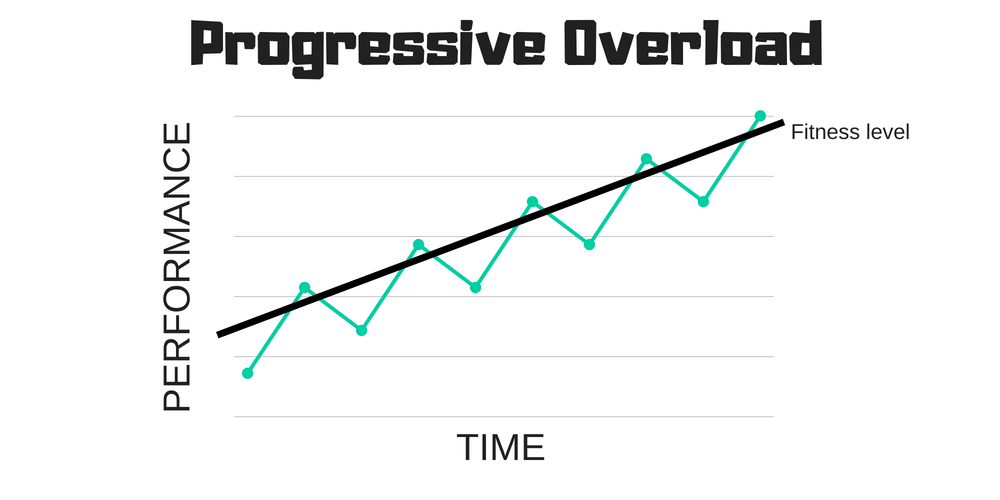

Progressive overload can be simply translated into: Doing more over time.

For new strength gains to take place, the seasoned lifter needs new stimulus by adding training variables.

The body and the brain have had time to coordinate and adapt to certain stimuli. For Seasoned Liftersįor those who have been lifting for some time, new strength gains are harder to make. In fact, according to the National Strength and Conditioning Association (NSCA), early strength gains within the first few months are often attributed to neurological adaptations-meaning that the “newbie” effect is often the brain coordinating with the body to tell muscle membranes to stimulate a particular muscle group and muscle cells. If only that type of linear progress could persist!Īlas, the truth is the “newbie” effect tapers off over time. Novice lifters often experience rapid strength gains and seemingly continue to progress in weight every time they get under a barbell. This is where the expression “newbie gains” comes from. Once form is there and you begin to add weight, progression can happen quickly for people. If there are issues with someone’s mechanics and they add weight before those issues are corrected, there is an increased risk for injury.” “Beginners must demonstrate control and healthy movement before we put a barbell on their backs. Kate Meier, GGR’s head of content and a NASM certified personal trainer, emphasizes how important this is for someone who is untrained. If you’re new to strength training, it’s important to master the foundational movements with proper form using just bodyweight before adding additional resistance. For some individuals, it might take just a few sessions to go from learning the squat to squatting with an Olympic barbell on your back. Over time, you might increase how much weight you use on the movement.įor example, when learning the squat, you might learn with your own bodyweight, progress to a goblet squat, and eventually the barbell back squat. When you’re learning a new lift, you often practice with your own bodyweight or a very light load to master the movement pattern. Simply put, progressive overload means gradually increasing a stimulus in your training, such as load, repetitions, or even difficulty in movement. The way you slowly overload stimulus to your training routine is a personal experience and influenced by your desire for muscle growth or the ability to lift heavier weights. Progressively adding new stimulus by way of weight, reps, sets, range of motion, and manipulating rest time can help you avoid plateaus in training and reduce overall risk of injury by not overtraining. To keep progressing, lifters have to continually learn new movements, practice them, and add stimulus to make the same movement harder.

Progressive overload is one of the main principles of strength training that coaches, personal trainers, and lifters have to address to keep advancing. This can be done in a variety of ways, including changing the repetition range, number of sets performed, or weight on the barbell. What you need to know is that when your body starts to adjust to your workout routine, you will eventually need to increase the stimulus your body undergoes to make further improvements. Have no fear, because progressive overload is merely a concept in which you can apply to your training in a variety of ways. The term progressive overload is a bit elusive and often lends itself to different interpretations. If you use our links to purchase something, we may earn a commission. We test and review fitness products based on an independent, multi-point methodology. Home / Resources / Guide / What Is Progressive Overload? Gain Muscle and Strength With This Technique Rogue Ohio Power Bar vs Texas Power Bar.


 0 kommentar(er)
0 kommentar(er)
